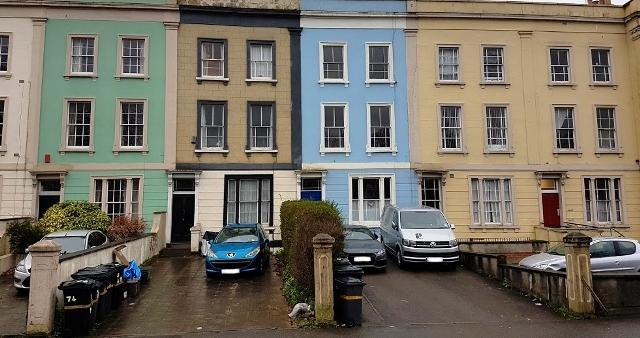The Council’s Draft Planning Advice for dealing with Houses in Multiple Occupation (HMOs).
Proposals to convert conventional houses into HMOs are regular items on applications considered by the Society. The Society, therefore, welcomes the Council’s publication of a draft Supplementary Planning Guidance Document (SPD) on this issue. Our detailed response to has now been prepared. We welcome the broad thrust of the SPD. There is a legal definition of HMOs in the Council’s document but essentially an HMO exists where a house is occupied by a number of unrelated people who live separately but share common facilities like kitchens, bathrooms and living rooms.
HMOs, like accommodation for students, are a useful element of the housing stock providing flexible, short term accommodation for people do not want or cannot afford other types of tenure. However, there can be harmful impacts on communities from HMOs particularly where there are concentrations of them. These can include noise and disturbance, unsightly waste and recycling management, loss of privacy for neighbours due to more overlooking and reduced highway safety arising from excessive on-street car parking. Residents of HMOs, if they are short term occupants, might also be less inclined to get involved with local community issues thus reducing the social cohesion of an area. All of these factors can change the character of an area.
The policy proposals of the Council’s draft SPD aim to prevent concentrations of HMOs. There are two main policies:
- If adopted, they will aim to prevent non-HMO houses from being sandwiched by HMO proposals;
- HMO proposals which would lead to a concentration of HMOs exceeding 10% of the dwellings within 100 metres of a proposed HMO would be resisted.
There are also proposals to secure a satisfactory standard of accommodation in new HMOs.
The Society welcomes these proposals. We have suggested that the new policy preventing sandwiching of dwellings should apply vertically as well as horizontally to protect flat dwellers. We have also urged stronger enforcement action and application of the new policies to retrospective applications.
There is no guidance in the SDP to indicate where HMOs would be more appropriate. Such areas could include the city centre and accommodation above shops and similar premises in the smaller centres of Bristol.
John Payne


As a resident in a terraced house neighbouring one HMO, two doors from another HMO and opposite another HMO, this is a welcome. There is significant antisocial behaviour from two of these HMOs.
I’m also aware that one of the HMO owners has 13 other HMO properties in my local area. Should there be a restriction on the amount of planning requests one person can have for HMOs to potentially increase the amount of available housing stock for buyers who wish to live in their own home too. It seems unfair, with these proposals, that the original HMO owners should be able to continue to prosper in areas where other potential HMO owners won’t be allowed. Perhaps there could be a restriction on the amount of HMOs allowed too.
Even better if, HMO owners had more responsibility to ensure there are fewer incidences of antisocial behaviour in the properties they own